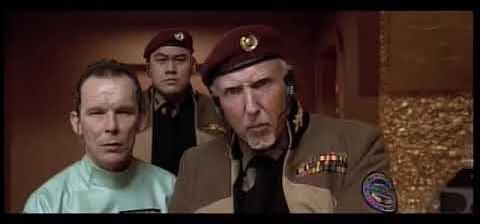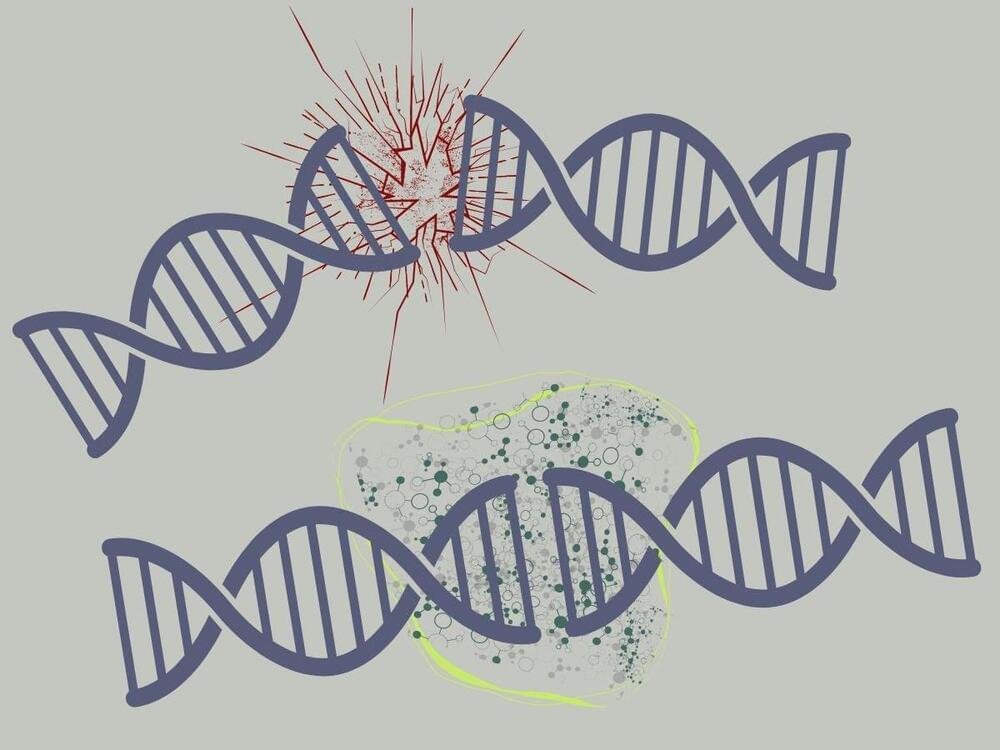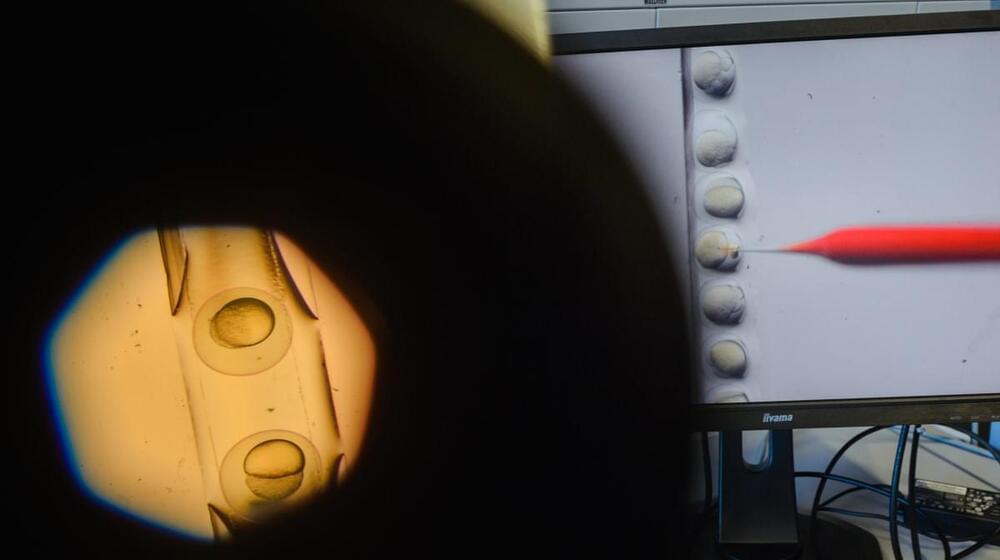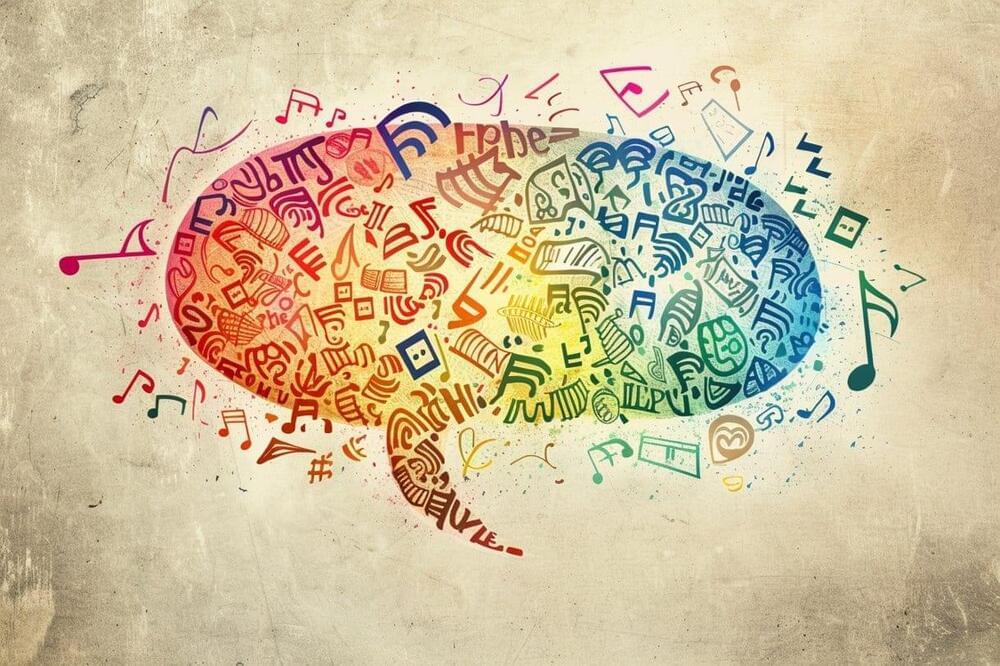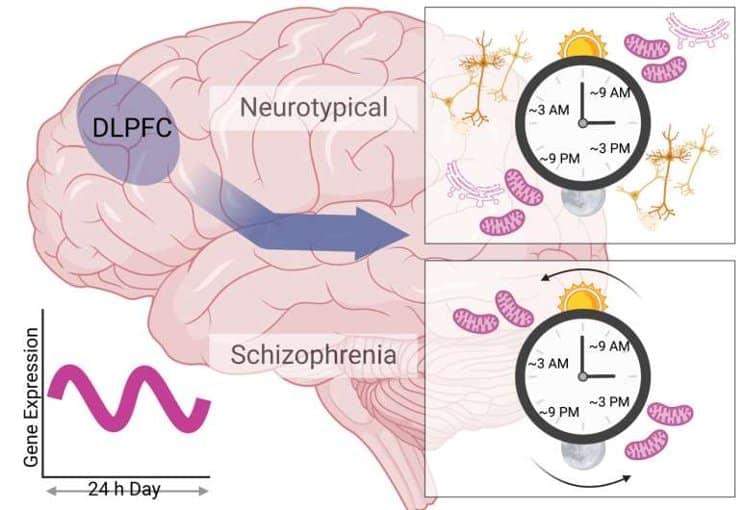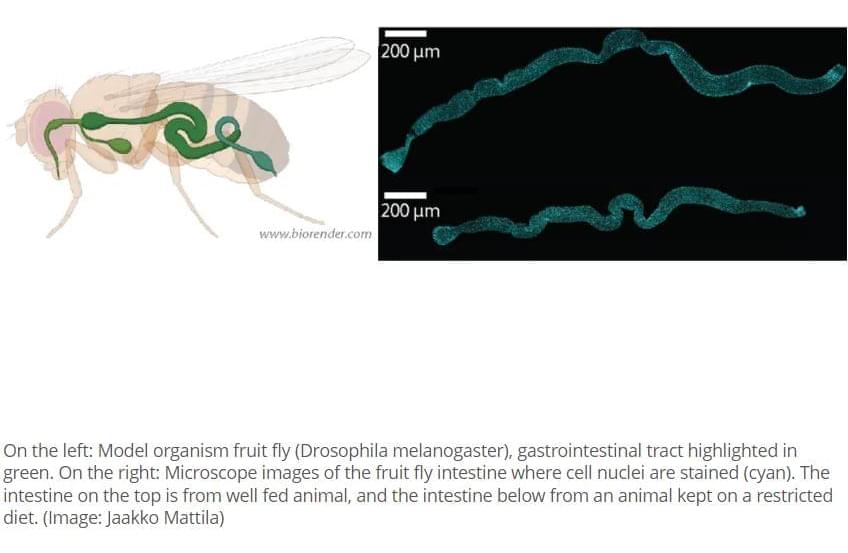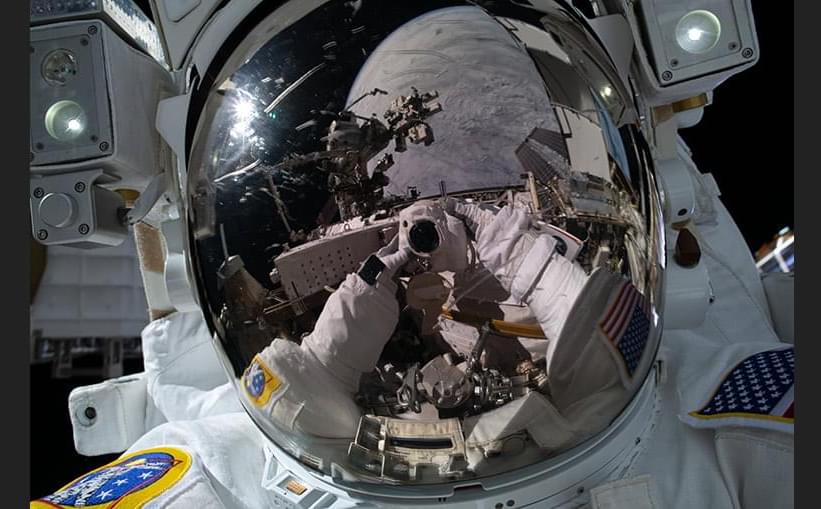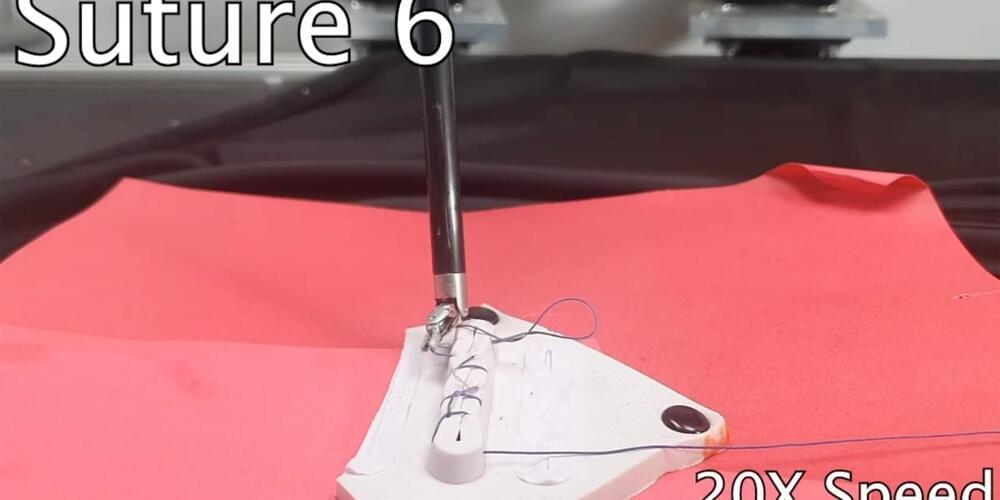Archive for the ‘biotech/medical’ category: Page 217
Feb 26, 2024
Molecular ‘Super Glue’? How Our Body Repairs Broken DNA
Posted by Dan Breeden in categories: biotech/medical, life extension
We don’t exactly know why we age; we know what aging looks like —the “symptoms”, so to speak— but the root causes remain foggy. One leading hypothesis is that the changes associated with old age, both external and internal, are a result of accumulating DNA damage. As this damage builds, cellular functions begin to break down and important pathways start going haywire.
One of the most extreme forms of DNA damage is the double-strand break, which happens when a strand of DNA snaps in half, leaving two separate slivers floating around. Left unfixed, these strands can snag at and break chromosomes, leading to diseases like cancer and other disorders. But how the body repairs this kind of wreckage has been a source of mystery. Now, scientists at the Dresden University of Technology have managed to shine a light on the process. Published in Cell, their work offers important new insights that may eventually help treat, and possibly reverse, DNA damage.
Feb 26, 2024
Questions about historic approval of a CRISPR-based medicine
Posted by Dan Breeden in categories: bioengineering, biotech/medical
In November last year, UK approved a therapy that uses the CRISPR gene editing tool to treat sickle cell disease and β-thalassaemia.
Feb 26, 2024
A Prelude to Speech: How the Brain Forms Words
Posted by Dan Breeden in categories: biotech/medical, cyborgs, neuroscience
Summary: Researchers made a groundbreaking discovery on how the human brain forms words before speaking. By utilizing Neuropixels probes, they’ve mapped out how neurons represent speech sounds and assemble them into language.
This study not only sheds light on the complex cognitive steps involved in speech production but also opens up possibilities for treating speech and language disorders. The technology could lead to artificial prosthetics for synthetic speech, benefiting those with neurological disorders.
Feb 26, 2024
Why PTSD Patients Relive Highly Charged Fear Memories in Sleep
Posted by Dan Breeden in categories: biotech/medical, neuroscience
Summary: In people with PTSD, during REM sleep norepinephrine and serotonin levels remain high, reducing the brain’s ability to inhibit fear-expression neurons through neural rhythms sent between the prefrontal cortex and amygdala. Those with PTSD require higher frequency rhythms to extinguish fear memories. Researchers say unlocking the higher frequencies via therapies could help to restore quality sleep in those with PTSD.
Source: Virginia Tech.
During periods of rapid eye movement (REM) sleep, brain activity often resembles that of awake behavior. At times, the brain can actually be more active during REM sleep than when you’re awake. It’s why REM sleep is sometimes called “paradoxical sleep,” said Virginia Tech neuroscientist Sujith Vijayan.
Feb 26, 2024
Abnormal 12-Hour Cyclic Gene Activity Found in Schizophrenic Brains
Posted by Dan Breeden in categories: biotech/medical, neuroscience
Summary: Postmortem brains of those with schizophrenia have fewer genes associated with 12-hour activity cycles in the dorsolateral prefrontal cortex. Mitochondrial-related genes in the dlPFC did maintain a 12-hour rhythm, but their activity did not peak at normal times.
Source: PLOS
Researchers at the University of Pittsburgh School of Medicine, U.S. present the first evidence of 12-hour cycles of gene activity in the human brain.
Feb 26, 2024
Scientists Find Link Between ADHD, Depression and Hypersexuality
Posted by Kelvin Dafiaghor in categories: biotech/medical, neuroscience, sex
Although the interplay between sex and mental health is well-studied, a new study suggests there may be a complex correlation between seemingly disparate disorders.
In a new paper published in the Journal of Affective Disorders Reports, a group of Italian psychology researchers say they’ve found a correlation between attention-deficit/hyperactivity disorder (ADHD), depressive symptoms, hypomania (the clinical term for “mania” or high energy) and hypersexuality, or an intense preoccupation with sexual thoughts and acts — and that people who experience these sets of symptoms may use sex as a sort of “self-medication.”
Study coauthors Giacomo Ciocca, a sexual psychology assistant professor at Rome’s Sapienza University, and Davide Doroldi, a clinical psychologist, told PsyPost that they were inspired to look into the possible link after observing higher rates of hypersexuality among people with ADHD.
Feb 26, 2024
Nutrients Direct Intestinal Stem Cell Function and Affect Aging
Posted by Natalie Chan in categories: biotech/medical, life extension
The capacity of intestinal stem cells to maintain cellular balance in the gut decreases upon ageing. Researchers at the University of Helsinki have discovered a new mechanism of action between the nutrient adaptation of intestinal stem cells and ageing. The finding may make a difference when seeking ways to maintain the functional capacity of the ageing gut.
The cellular balance of the intestine is carefully regulated, and it is influenced, among other things, by nutrition: ample nutrition increases the total number of cells in the gut, whereas fasting decreases their number.
The relative number of different types of cells also changes according to nutrient status.
Feb 26, 2024
Crew Preps for Spacewalk, Scans Veins and Evaluates Artificial Gravity Suit
Posted by Genevieve Klien in categories: biotech/medical, robotics/AI
The Expedition 66 crew continued preparing today for the first of two spacewalks set to begin next week to continue upgrading the International Space Station’s power system. Vein scans were also on Thursday’s schedule helping scientists understand how living in space affects the human body.
NASA Flight Engineers Kayla Barron and Raja Chari are set to switch their U.S. spacesuits to battery power at 8:05 a.m. EDT on Tuesday and spend six-and-a-half hours installing a modification kit on the space station’s Starboard-4 truss structure. The new hardware will enable the upcoming installation of a third roll-out solar array increasing the station’s power output and augmenting the existing solar arrays.
The duo was joined by fellow station astronauts Tom Marshburn of NASA and Matthias Maurer of ESA (European Space Agency) for a spacewalk procedures review and conference with specialists on the ground. Marshburn and Maurer will assist the spacewalkers in and out of their spacesuits, operate the Canadarm2 robotic arm, and monitor their external activities. Mission managers will talk about the spacewalk, as well as a second one planned for March 23, live on the NASA TV app and the website on Monday at 2 p.m. NASA TV begins its live spacewalk broadcast on Tuesday at 6:30 a.m.
Feb 26, 2024
Watch this robot as it learns to stitch up wounds
Posted by Omuterema Akhahenda in categories: biotech/medical, robotics/AI
An AI-trained surgical robot that can make a few stitches on its own is a small step toward systems that can aid surgeons with such repetitive tasks.
The robot was able to sew six stitches all on its own—and has lessons for robotics as a whole.
